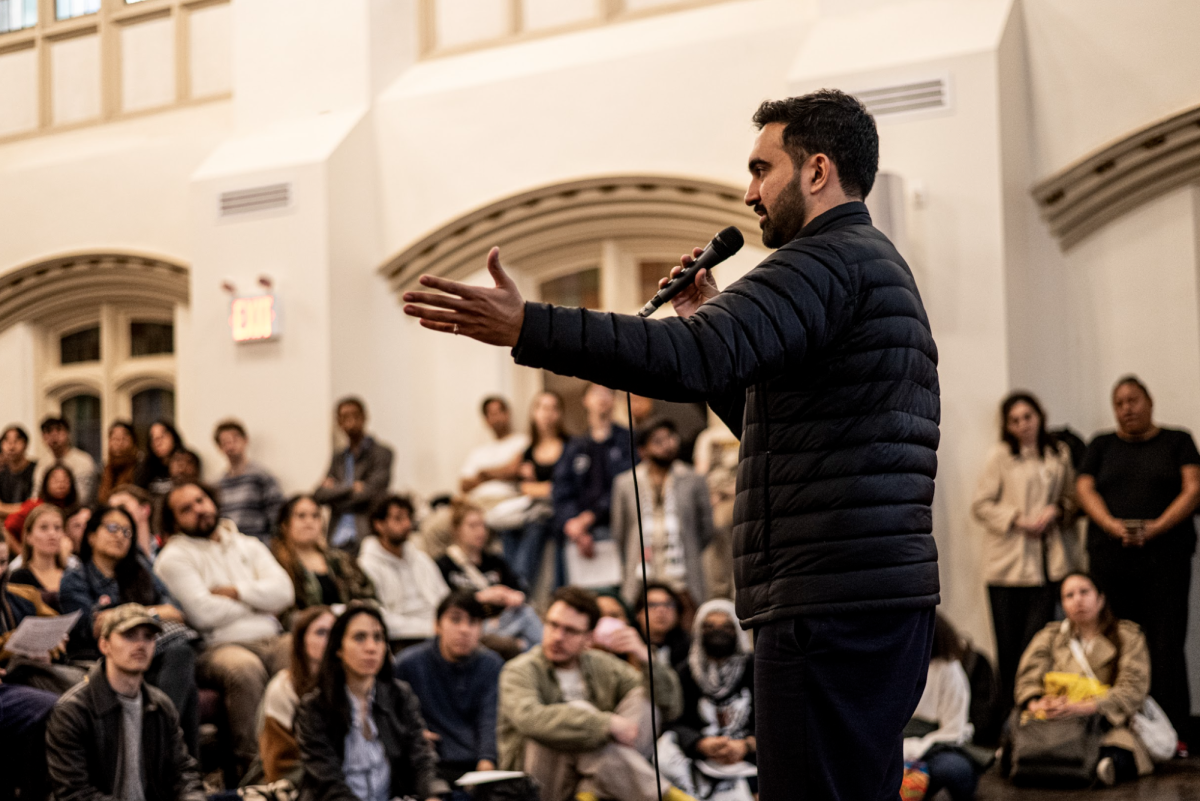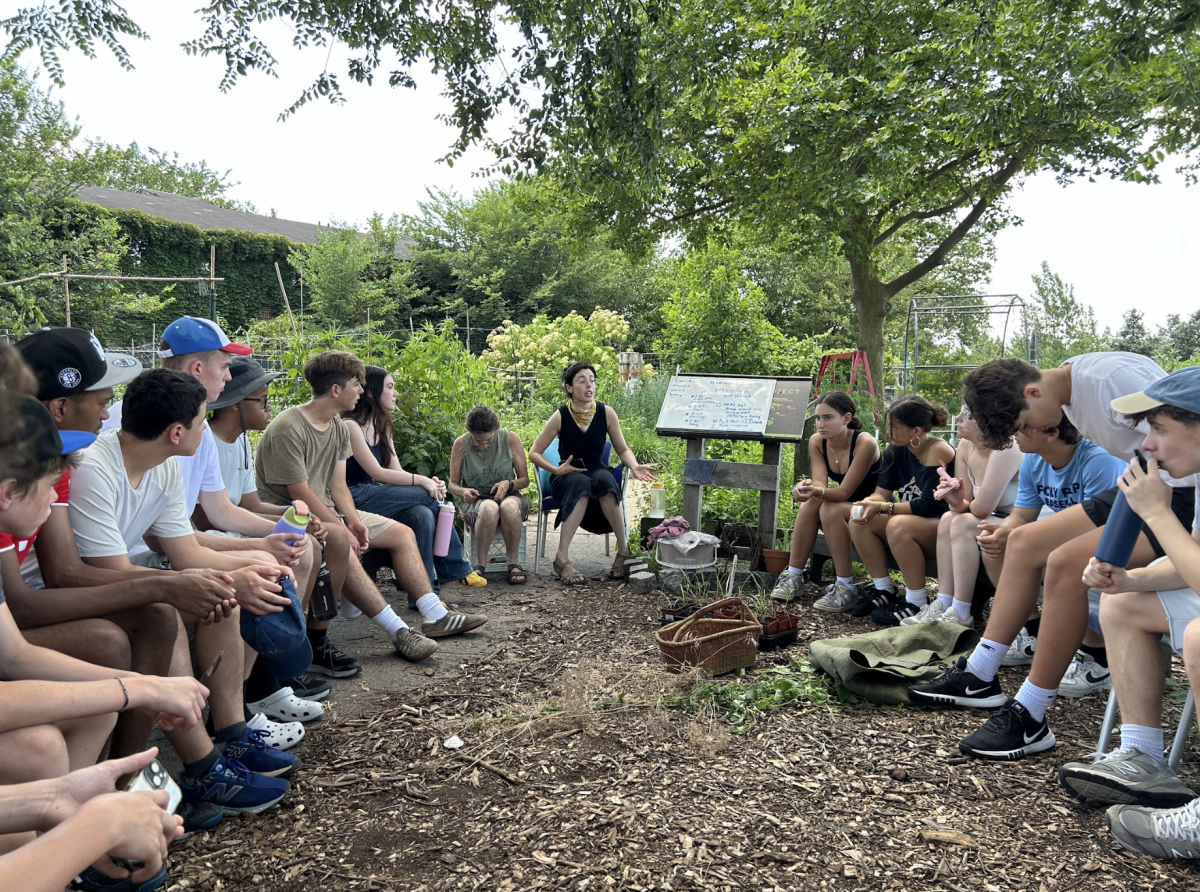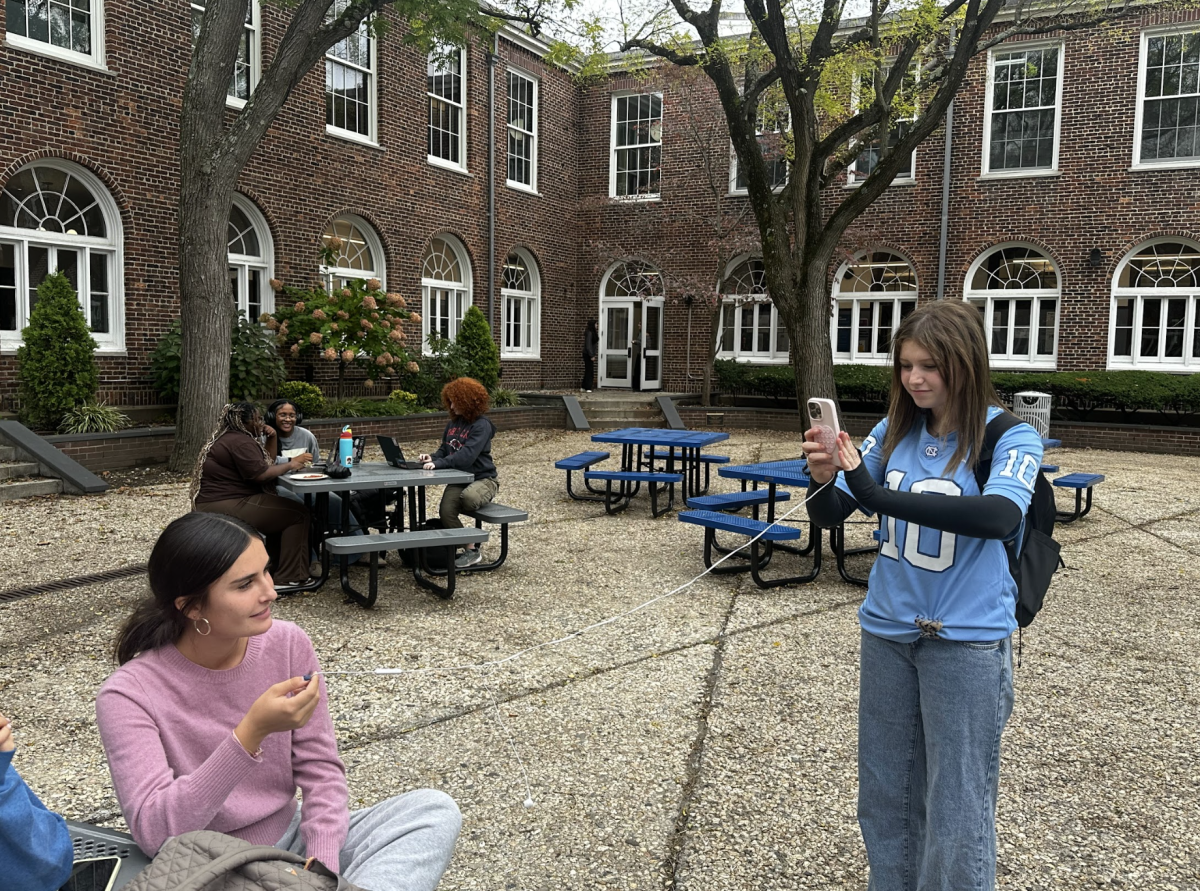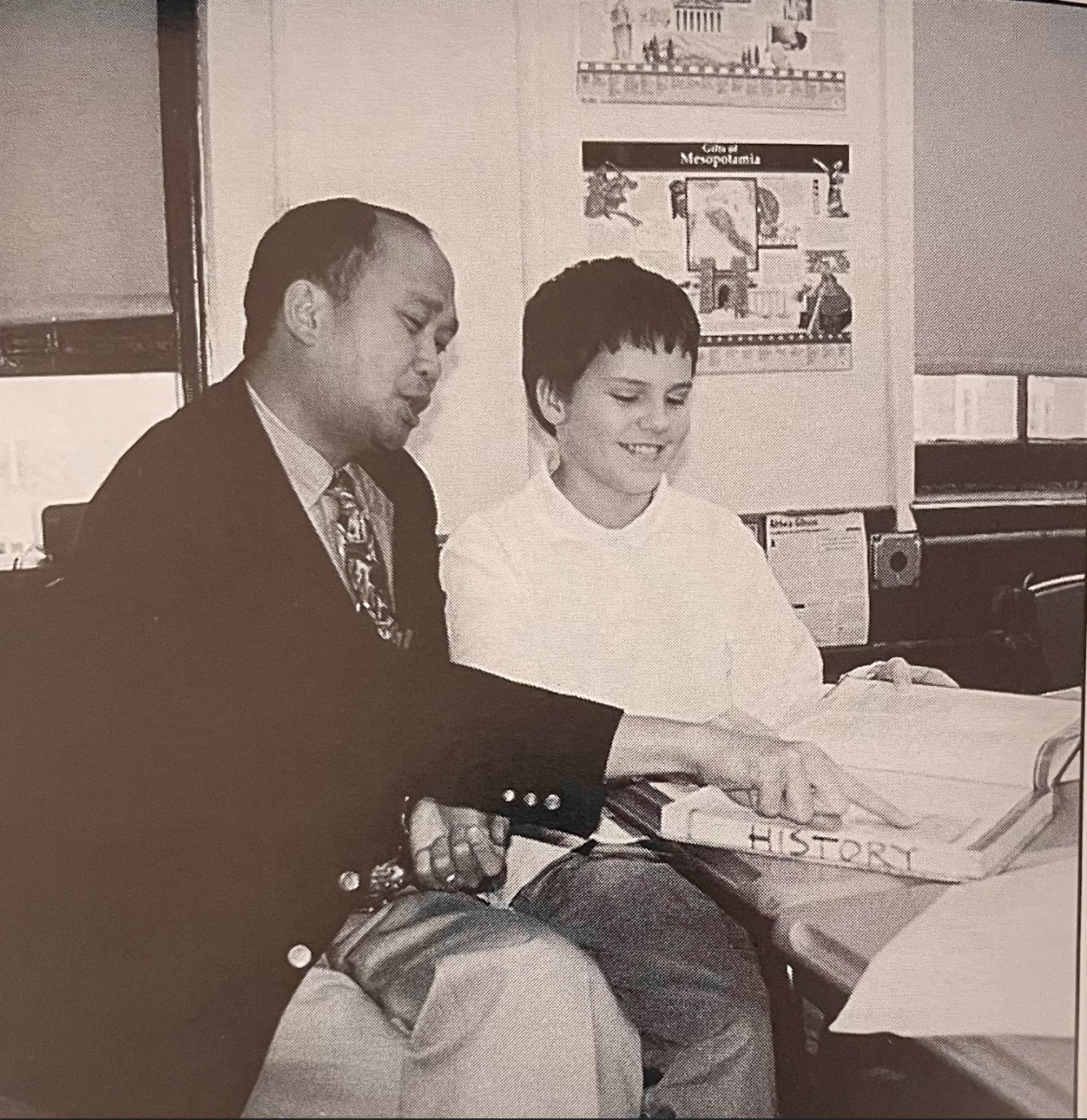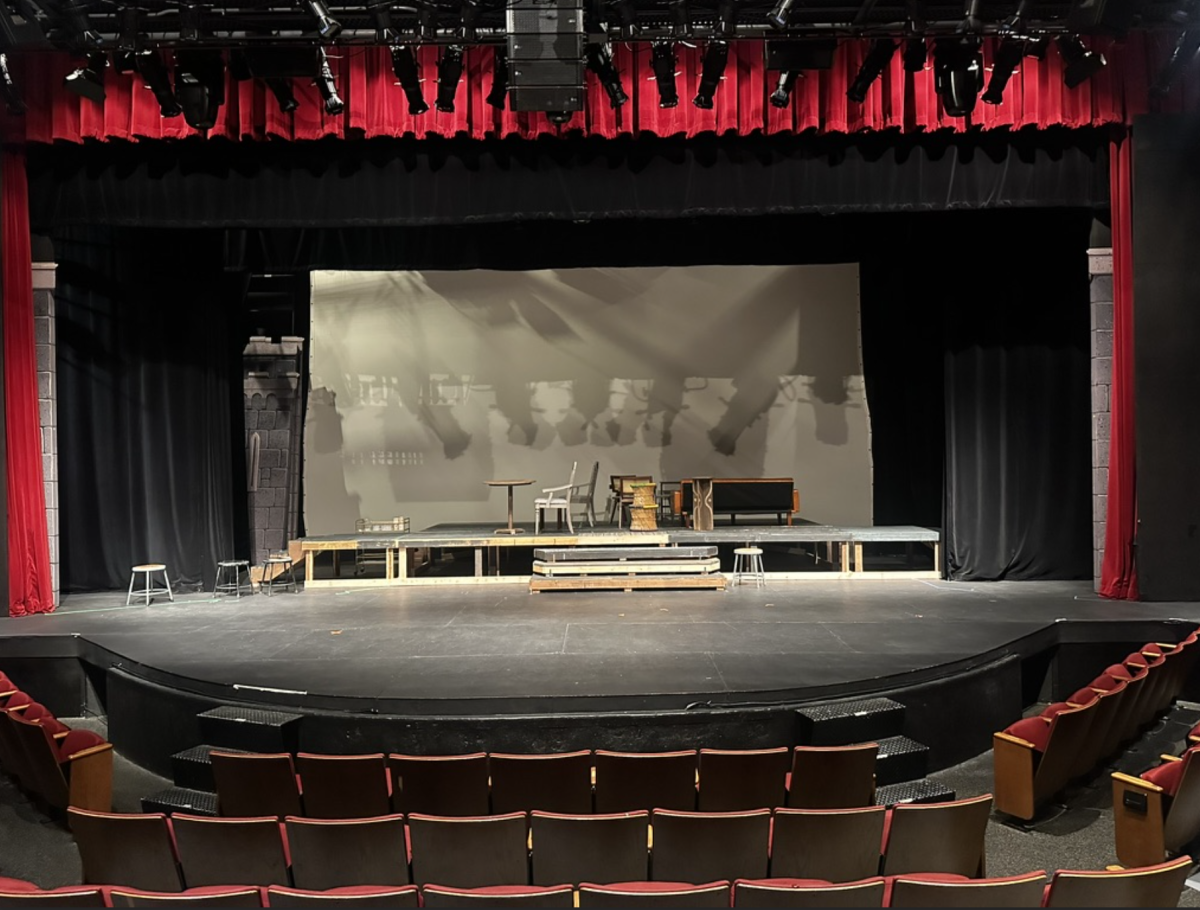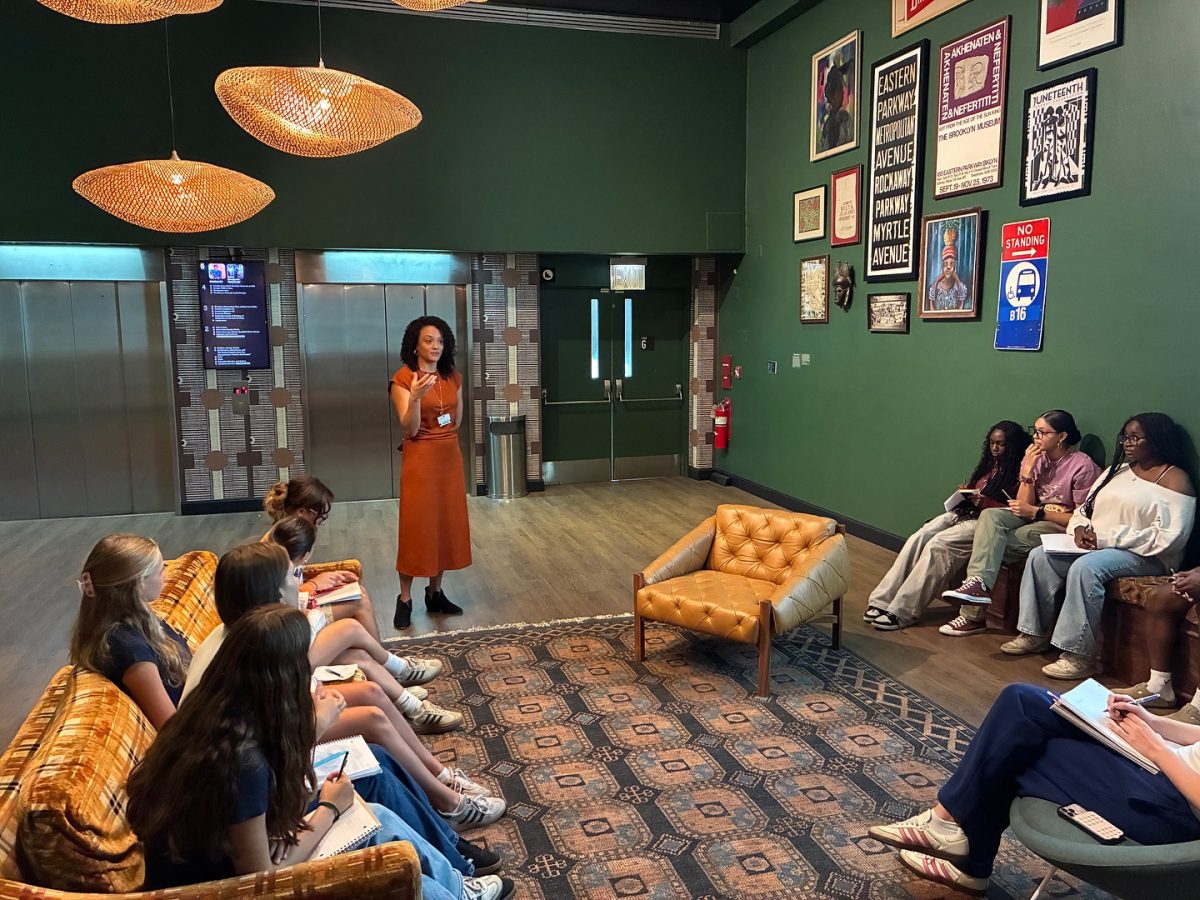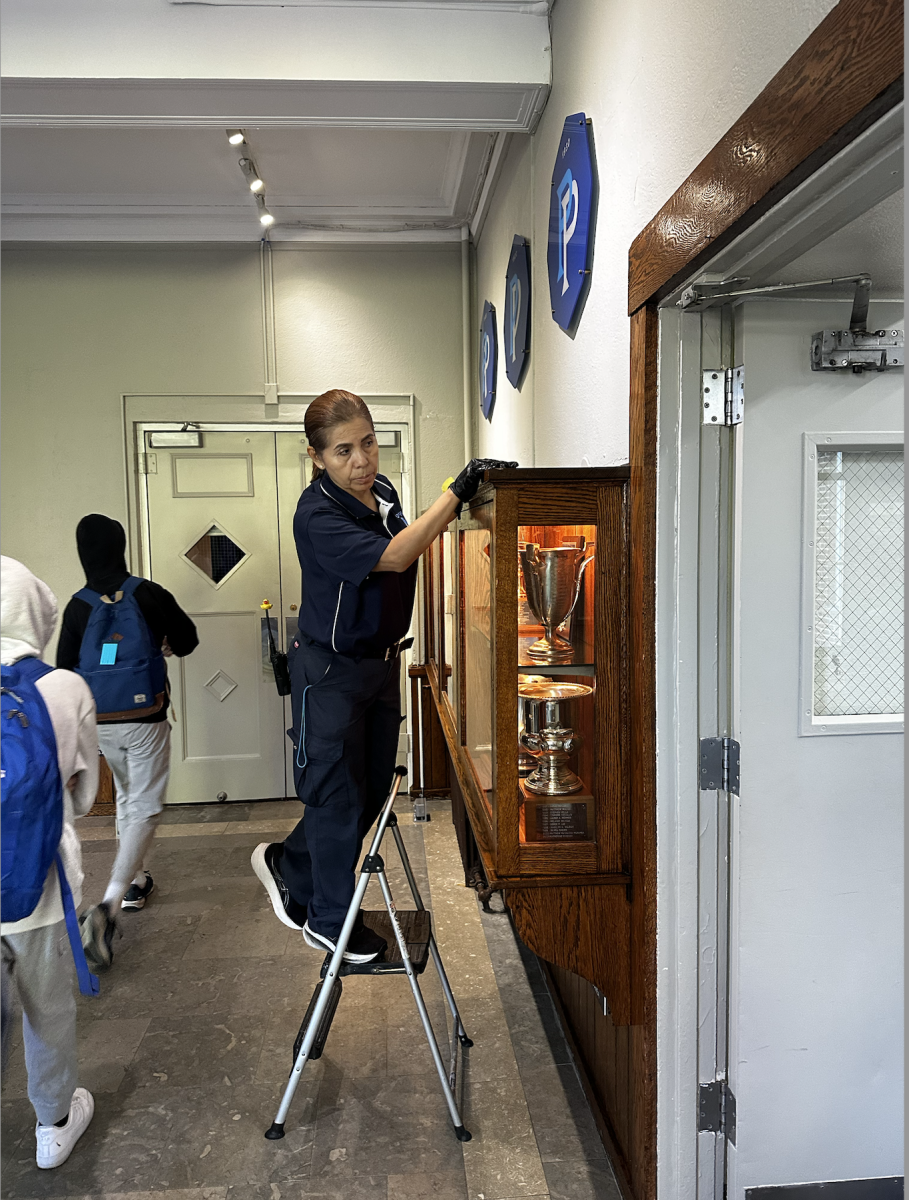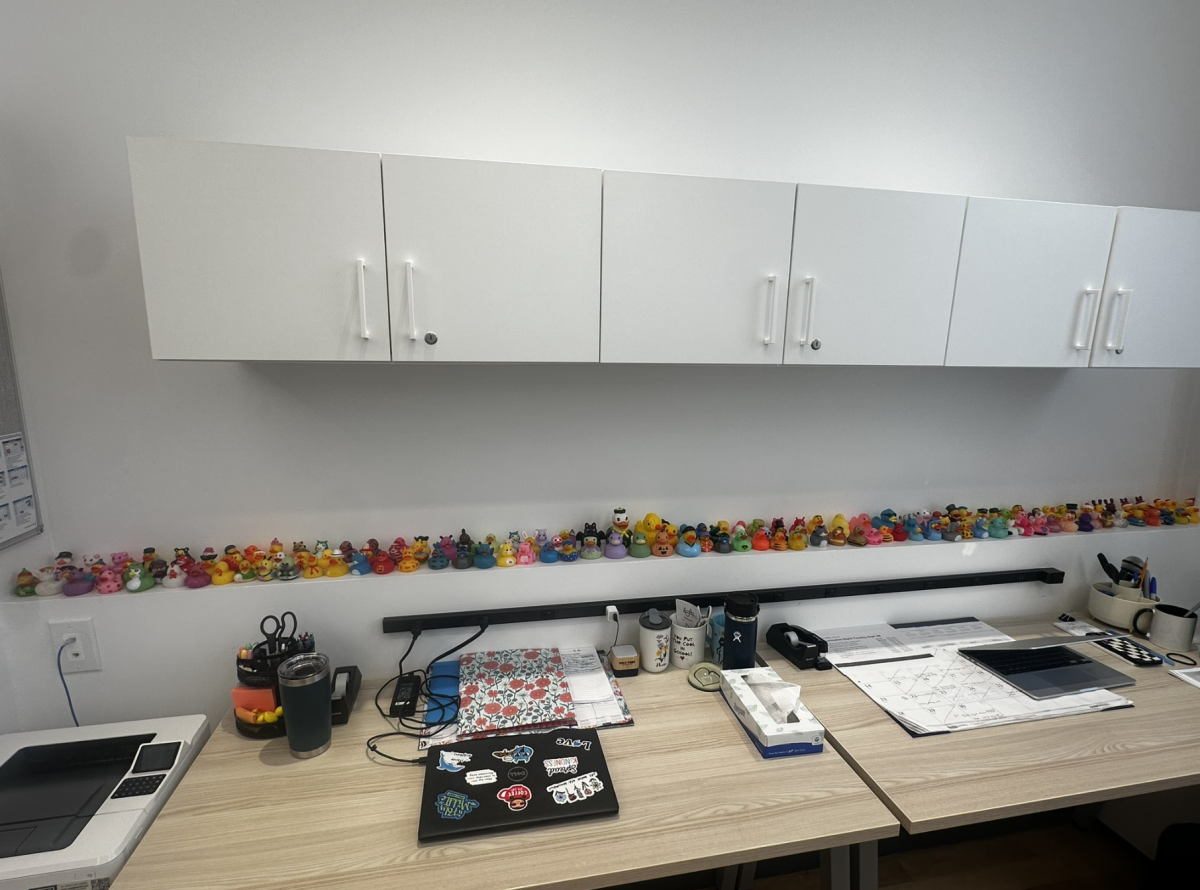All Upper School students are required to dress up every Day Seven this year, per a new policy implemented by Head of Upper School Sarah Bates. This policy differs from the past few years, during which dress-up days were reserved for special assemblies and holidays. Bates hopes this policy will help students learn to dress appropriately for occasions, a skill she said is “really important to me.”
Bates remarked that “the conflict I’ve always had with dress code is: where’s the learning,” and she doesn’t want students to get dressed up solely for aesthetic value. She stated that she gets a lot of pressure from parents, faculty, and the Poly Board of Trustees about how students dress, which is why she implemented this policy. “We’re all getting together,” she said when explaining her reasoning for the new mandate. “We want to present our best selves in front of guest speakers or to one another, and it’s this communal experience.”
This decision marks a shift in Poly’s dress code, which mirrors the stricter model that was enforced in 2016-2017. “Poly’s 2016-2017 dress code stated that showing shoulders and waists wasn’t allowed, sweatpants weren’t allowed, ripped clothes weren’t allowed, shorts and skirts must be at least mid-thigh length (or knee-length for dress-up days) and leggings had to be paired with something mid-thigh length,” according to a Polygon article published November 23, 2021, where the writer detailed the old guidelines.
According to Poly’s school policies, the current dress code states that “[s]tudents are expected to dress appropriately, in accordance with Poly’s values and academic purposes.” This current mandate is a response to how Poly and the world have become less formal, where it is now acceptable for students to wear sweatpants, pajamas, slippers, leggings, tank tops and sweatshirts to school for optimal comfort during classes. Jax Powers Wojtowicz ’28 said, “I feel like people come to school in whatever they want and don’t get in trouble.”
Dean of Students Jared Winston mentioned, “some faculty members have expressed that the energy within the student body and how seriously they take themselves and their studies is different now than it was back then,” alluding to a decline in professionalism. He corroborates that some faculty members have advocated for students to wear clothing traditionally more formal and suitable for an academic setting. Bates believes the new policy is a “fair compromise,” between the old formal dress code that some faculty members advocate for and the way students currently dress.
Health and Well-being Faculty Member Phoebe Aberlin-Ruiz has worked at Poly for 23 years and has witnessed the dress code evolve and adapt to the times. “I think in the real world as much as office culture has changed and you don’t necessarily have to wear a suit and tie and things like that, you definitely can’t go to work in pajama pants and slippers,” Aberlin stated. However, she adds that “on dress up days I think kids carry themselves differently, in a good way.”
Aberlin shared that although she wishes students dressed more formally, she doesn’t necessarily want the dress code to revert to how it was in the past. She acknowledged that many prior policies had been problematic, especially for female students. “I would just like to see some of the current rules enforced a little bit more. I don’t think we need to go back to a jacket and tie and blazers,” added Aberlin. Bates furthered that finding this happy medium between formal and comfort is difficult, especially due to her being “really sensitive,” to the ways dress codes can target women’s choices. Bates added that previous dress codes have stated guidelines for males and females, leading to a conversation with the leaders of the Gender and Sexuality Alliance (GSA) Diversity, Equity, Inclusion, and Belonging (DEIB) group, who highlighted that these categories made them feel uncomfortable. Ultimately, the dress code was changed to what it is today to ensure all students feel comfortable and don’t have to fit a box.
From the student body, this policy has incited mixed reactions, with some loving the opportunity to get dressed up and others dreading the day altogether. In a survey conducted by the Polygon, of the 20 high school students surveyed, 45 percent said they didn’t like the new policy, and 55 percent said they did.
Class of 2028 Representative Sadie Hart said, “I feel like it’s a good way to bring the community together during assemblies, but I think that the increased frequency is a little annoying and hard to get used to.” Lily Retman ’29 added, “I think it makes the kids at our school think about what they’re going to wear and not wear pajamas to school every day and learning how to dress is important.” “However, there is a cost associated with the idea of dressing formally, so it could be seen as restrictive to some kids,” she continued. In contrast, Gabby Pippitone ’28 said, “I don’t like the dress up day policy, it’s hard to remember every day seven, as it isn’t the same day every week and it’s not a steady schedule I can follow.” While students have mixed opinions, the administration is hopeful and excited about what this policy will bring.
While students may have mixed opinions about the policy, new Head of School Noni Thomas López agrees with the rest of the administration. “I love it; for us to have time as a community to represent in our dress that this is an important moment for all of us. I think it is a great way to connect as a community. I’m a thumbs up on that one.”



